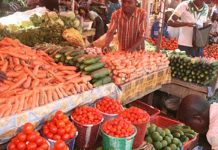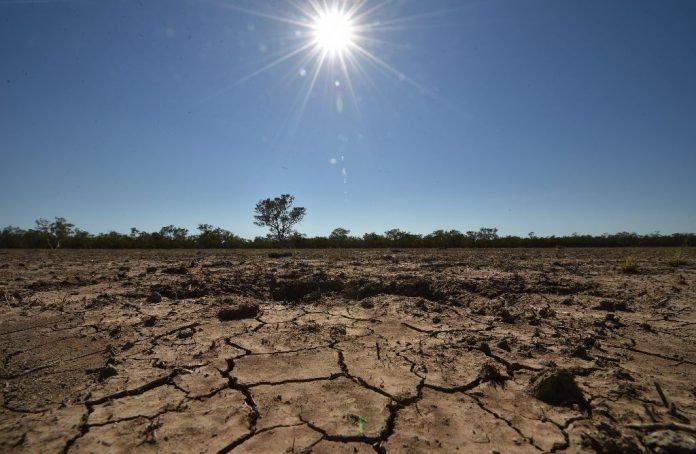Ethiopia used to thrive in better clime. In biblical times, it was regarded as the haven the Creator designed for lovers of nature. But now, Ethiopia seems to find it hard to escape the blight of drought, no matter how hard it tries. Despite impressive economic growth and decades of capacity building, the East African nation faces another humanitarian crisis as one of the worst droughts in living memory scorches the Horn of Africa.
At the beginning of this year, about six million Ethiopians were reported to be in need of food aid, primarily in the south and southeast of the country. That number recently jumped to about nine million. Of more concern is the fact that this year’s response by the government and international partners is proving less decisive than last year’s effort. In 2016, more than 10 million people were reached, food aid poured in, and the government spent hundreds of millions of its own money averting a major humanitarian catastrophe.
The January estimate came from the government’s Humanitarian Requirements Document, an annual assessment in collaboration with international partners detailing Ethiopia’s humanitarian needs. The revised figure followed spring rains last April that petered out too soon, taking any hopes of revival with them. The Director of Save the Children’s Aid group in Ethiopia, Sam Wood, described the situation as unprecedented. Mr. Wood declared, “That was the third failed rainy season in a row, so it’s a cumulative effect of failed rains hitting vulnerable communities. Ethiopia has made lots of progress, but when you have a problem of this sort of scale, duration and scope, any system is going to be overwhelmed.”
Other experts worry about the chance that the Hagaya/Deyr short rains (October to December), accounting for up to 35 percent of annual rainfall in the southeast, could prove a dud too due to the continuing El Niño effect. They say that of the current humanitarian bill which stands at $1.26 billion, so far only $334 million has been received.
At the beginning of the year, the UN warned that 20 million people were at risk of starvation in South Sudan, Somalia, Yemen, and northeast Nigeria. “Aid budgets from donor countries have already committed most of their funding responding to other conflicts or disasters for this year, and this resulted in less funding for drought-affected people in Ethiopia,” said Geno Teofilo of the Norwegian Refugee Council. “There is also donor fatigue regarding droughts in East Africa,” he stated.
Some observers note how droughts do not usually seize the public imagination to the same extent as disasters like earthquakes and hurricanes, meaning there is less motivation for some groups to delve into their pockets and help out.
This year, the Ethiopian government says it has so far committed $147 million compared to last year’s unprecedented $700 million. “The government has many development demands,” Ethiopia’s Minister of Agriculture and Commissioner for its National Disaster Risk Management Commission, Mitiku Kassa, told newsmen in Addis Ababa. “If we divert too many funds to humanitarian needs, it will be difficult to continue growth, so we have to request support from the international community,” he argued.
Pastoralists in Ethiopia’s Somali Region, bearing the brunt of this drought, have lost hundreds of thousands of sheep, goats, and camels. Often whole flocks have died, representing a family’s entire livelihood, leaving people no choice but to retreat to makeshift settlements, surviving on aid from the government and international agencies.
A survey conducted by the International Organization for Migration between May and June 2017 this year identified 264 of these sites containing about 577,700 internally displaced persons, or IDPs. Overwhelmed by numbers and additionally challenged by diminishing funds, aid agencies began cutting food rations and faced running out of money entirely last July, until last minute donations from Britain, the EU, and the US guaranteed food shipments through to the end of the year.
At the same time, the World Food Program was able to increase its humanitarian support from 1.7 million people to 3.3 million in the Somali region. For now, deaths on a large scale have been limited to animals, though infant malnutrition rates are increasing to dangerous levels, accompanied by reports of cholera outbreaks.


















